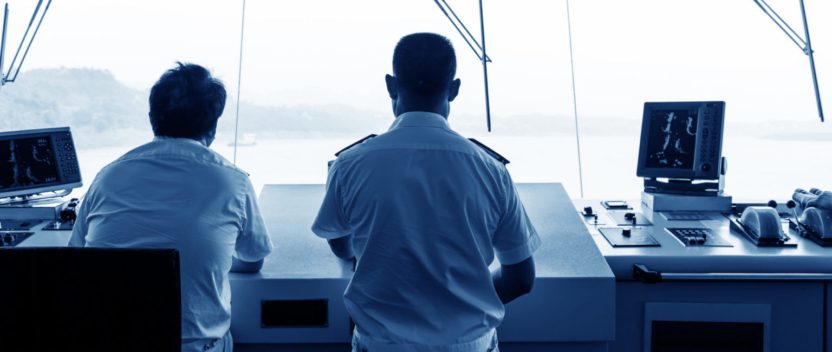The transformation game (and how to play it better)
Leveraging big data to manage operational costs and simplify compliance should be on every superintendent’s radar says GNS CEO Paul Stanley
The daily headlines on the digital transformation of shipping are evidence that owners, managers and operators or vessels have got the message on data analytics: it’s not a passing phase, it’s about competitive edge.
The trouble is that when you dig into the detail, the reality is not as encouraging as the rhetoric. It’s very easy for shipping executives to talk a good digital game – and, for the most part, the story is one they wholeheartedly believe in. The issue is whether staff in the field are as well equipped.
For every digital evangelist who tells us how much connectivity and data are changing the game, there is a superintendent rolling their eyes and muttering ‘if only’. A superintendent doesn’t get as much platform time as the futurist, but it’s these guys that the GNS team spend a lot of time talking to.

CEO of GNS, Paul Stanley
They are the buyers of navigation data and nautical publications, the people who track the ships and collect the data that goes into the KPIs. What it tells us is that we are pretty much at the start of the digital journey.
We are becoming used to claims of game-changing vessel efficiency but there is still significant wastage on un-used navigation data and big gaps in operational compliance requirements. The opportunities that spill out from real vessel data – not just for voyage execution but for analysis and benchmarking – are still the preserve of the few, not the many.
It stands to reason that many owners and managers have preferred making investments in commercial transformation to the changes needed in their operational structures, but the digital connection between the two means that this gap is closing.
What many owners and managers – particularly small to medium sized operators – need is access to big data and analytics without having to call in SAP or Microsoft. Their legacy shipmanagement software providers are not likely to be able to help – or would need to buy or build the functionality themselves.
It makes more sense to ask a supplier that already knows your business – and on whom you rely for safety and compliance products – do that job for you. After all, thanks to AIS and cloud computing they probably know more about your business than you think.
The first and most urgent need is simply to get control of spending of navigation data – many owners are wasting tens of thousands a year on electronic charts they will never use. The same operators can have troubling gaps in the publications they need for compliance purposes.
The GNS approach combines detailed historical vessel tracking and complex algorithms, which enable us to calculate precisely how much any vessel sailing anywhere in the world will spend on navigational products.
The same methodology can be used to demonstrate the presence of the technical publications required by Flag States, SIRE vetting and other key stakeholders and to provide global Port State Control inspection histories for all vessels.
To confront owners with these kind of challenges means you have to walk the talk. We designed and built the GNS data analytics system for internal use and have spent the last two years showing customers our analysis of their performance.
It’s sometimes been a painful process. Our customer workshops and seminars often find that shipping companies lack real-time access to all the navigation, position and voyage data they need in an easy to use format.
We have been able to help with that, and, once the problem is identified, then the cost saving and compliance improvement opportunities can be grasped. The vessel data can also be leveraged to provide tracking and monitoring to report sailing times and calculate operating costs more accurately, as well as tracking progress against charter party terms.
The same data yields yearly operating costs by sea hours and port call data including port fees and major consumables. Being able to easily see how much time a vessel has spent steaming and at anchor helps superintendents to identify and plan maintenance in a timely way.
Navigation chart data is an essential part of safe and smart shipping, but it’s also the key to understanding where the achievable digital opportunity lies for shipping companies. There is little point in the industry wringing its hands about the need for better data and analytics. Instead, put the tools in the hands of those who need them and they will quickly work out the best course ahead.


